Lean In
Women, Work, and the Will to Lead
What is Lean In about?
Lean In is a powerful manifesto for women in the workplace, urging them to embrace their ambitions and lean into leadership roles. Sandberg shares personal anecdotes and research to highlight the barriers women face and offers practical advice on how to navigate these challenges. She challenges women to take risks, speak up, and support each other in order to achieve their full potential.
About the Author
Sheryl Sandberg is the COO of Facebook and author of "Lean In," promoting gender equality in the workplace. Her writing style is empowering and practical, offering advice on navigating challenges in male-dominated industries. Sandberg's work focuses on empowering women to take on leadership roles and break through the glass ceiling. She encourages readers to embrace ambition and advocate for themselves in order to achieve professional success.
10 Key Ideas of Lean In
Sit at the Table: Embrace Your Worth and Assert Your Presence
This tactic emphasizes the importance of recognizing your own value and actively participating in discussions and decision-making processes. It's based on the observation that many women tend to underestimate their abilities and achievements, which can lead to them taking a backseat in professional settings. By 'sitting at the table,' you assert your presence and ensure your ideas are heard, demonstrating your competence and confidence. This proactive approach is crucial for career advancement and breaking through gender stereotypes that often hinder women's progress.
Learn DeeperSpeak Up in Meetings: Make it a point to contribute at least one comment or idea in every meeting you attend. This helps establish your presence and ensures your voice is heard.
Prepare and Participate: Before attending a meeting or event, prepare some thoughts or questions related to the topic. This preparation will boost your confidence to engage actively.
Claim Your Seat: Literally sit at the table where decisions are being made, rather than choosing a seat at the back or on the sidelines. This physical action is a metaphor for taking your rightful place in discussions.
Celebrate Your Achievements: Keep track of your accomplishments and share them with your team or superiors when appropriate. This isn't bragging; it's acknowledging your contributions to the team's success.
Seek Feedback and Act on It: Regularly ask for feedback on your performance and use it constructively to improve and assert your presence more effectively.
- Example
During a team meeting, Maria notices the discussion moving towards a decision without considering an important aspect. She confidently raises her point, ensuring it's considered before any decision is made.
- Example
John, realizing he often remains quiet during meetings due to uncertainty, decides to jot down a few key points related to the meeting's agenda beforehand. At the next meeting, he uses these notes as a reference to actively participate in the discussion.
Make Your Partner a True Partner: Share Domestic Responsibilities Equally
Achieving equality in the workplace also requires equality at home. This strategy involves negotiating a fair distribution of household and childcare duties with your partner, allowing both individuals to pursue their careers without being held back by traditional gender roles. The reasoning behind this is that when domestic responsibilities are equally shared, it alleviates the pressure on women to fulfill the majority of these tasks, enabling them to focus more on their professional growth and ambitions. This balance is essential for creating a supportive environment where both partners can thrive.
Learn DeeperCommunicate Openly and Honestly: Start by having an open conversation with your partner about the distribution of household and childcare duties. Discuss each other's expectations, work schedules, and how you can support one another in achieving a balanced life.
Create a Shared Schedule: Use a calendar or an app to organize and divide household tasks and responsibilities. This visual aid can help ensure that both partners are contributing equally and can adjust as needed based on workload or other commitments.
Establish a Support Network: Sometimes, despite best efforts, balancing everything can be challenging. Look into creating a support network of family, friends, or paid services that can step in when both partners are stretched thin.
Regular Check-ins: Set aside time for regular check-ins with your partner to discuss how the arrangement is working and make adjustments as necessary. This keeps communication open and ensures that both partners feel supported and valued.
- Example
A couple decides to alternate cooking dinner each night of the week to ensure neither partner is solely responsible for meal preparation. They use a shared digital calendar to track who is cooking each day and plan meals together during the weekend.
- Example
Another couple with young children agrees that one parent will handle morning routines and drop-offs, while the other manages pickups and evening routines. They switch roles every month to maintain balance and prevent burnout.
Don't Leave Before You Leave: Stay Fully Engaged in Your Career
This principle advises against making premature career sacrifices based on future family planning, such as declining challenging projects or promotions in anticipation of having children. The argument here is that by pulling back from career opportunities before it's actually necessary, women inadvertently slow down their career progression. Staying fully engaged ensures you continue to grow professionally and maintain your trajectory, making it easier to return or adapt your career path after any breaks or life changes.
Learn DeeperVisualize Your Career Path: Regularly take time to envision where you want your career to go. Don't factor in potential life changes like starting a family just yet. Focus on what you want to achieve professionally in the next few years and what steps you need to take to get there.
Say Yes to Opportunities: When offered a new project, promotion, or role that aligns with your career goals, say yes—even if you're considering starting a family in the future. These opportunities can propel your career forward and might not come around again.
Communicate Your Ambitions: Make sure your manager and team know about your career aspirations. If you're open about wanting to take on more responsibility, you're more likely to be considered for upcoming projects and promotions.
Seek Out Mentors and Sponsors: Find individuals in your organization or industry who can offer guidance, support, and advocate for your career advancement. Their insight can be invaluable in navigating your career path effectively.
Plan for Flexibility: While staying fully engaged, also explore how your workplace supports flexibility. Understanding policies on remote work, part-time hours, or sabbaticals can help you plan how to balance career and personal life when the time comes.
- Example
A software engineer is offered a lead role on a high-profile project but is hesitant because she plans to start a family in the next year. Instead of declining, she accepts, knowing the experience will significantly boost her career and she can negotiate flexibility later.
- Example
An accountant is considering scaling back her hours in anticipation of family planning but decides instead to express her interest in a managerial position. She gets the promotion and works with her team to ensure a supportive environment for when she decides to take maternity leave.
Take Risks and Seek Challenges: The Importance of Growth and Learning
Encouraging risk-taking and the pursuit of new challenges underscores the belief that growth occurs outside of comfort zones. This tactic is about embracing opportunities for professional development, even when they seem intimidating. The rationale is that taking risks and facing challenges head-on builds resilience, enhances skills, and opens up new possibilities. This approach not only accelerates career advancement but also contributes to personal fulfillment and confidence.
Learn DeeperIdentify Your Comfort Zone: Start by recognizing the boundaries of your comfort zone. What tasks or responsibilities do you find easy or routine? Acknowledging these will help you understand where growth opportunities lie.
Set Stretch Goals: Create goals that push you slightly beyond your current capabilities or knowledge. These should be challenging yet achievable with effort and dedication. For instance, if public speaking is a challenge, set a goal to present at a team meeting or a local event.
Seek Feedback Actively: After taking on new challenges, ask for feedback from peers, mentors, or supervisors. Constructive criticism is invaluable for learning and improvement. It helps you understand your progress and areas needing more work.
Embrace Failure as a Learning Tool: Understand that not every risk will lead to success, and that's okay. View failures as opportunities to learn and grow. Reflect on what didn't work and how you can improve in the future.
Network with Risk-Takers: Surround yourself with individuals who also embrace challenges and risks. Their experiences and advice can be incredibly motivating and provide practical insights on how to navigate similar paths.
- Example
A software developer who primarily works on backend systems decides to take on a project involving the user interface (UI) design to better understand the full scope of product development. Despite initial struggles, they gain valuable insights into user experience principles and improve their coding versatility.
- Example
A marketing professional who fears public speaking volunteers to lead a workshop at a local conference. They spend weeks preparing, seeking feedback from colleagues, and practicing their delivery. The presentation is well-received, boosting their confidence and establishing them as a knowledgeable figure in their field.
Deeper knowledge. Personal growth. Unlocked.
Unlock this book's key ideas and 100+ more. Learn with quick, impactful summaries.
Read Full SummarySign up and read for free!
Lean In Summary: Common Questions
Experience Personalized Book Summaries, Today!
Discover a new way to gain knowledge, and save time.
Sign up for our 7-day trial now.
No Credit Card Needed

Similar Books

The Millionaire Fastlane
MJ DeMarco
Losing My Virginity
Richard Branson
Crush It!
Gary Vaynerchuk
The Go-Giver
Bob Burg
Flow
Mihaly Csikszentmihalyi
Range
David Epstein
The Invisible Game
Zoltan Andrejkovics
Mastery
Robert Greene
How Will You Measure Your Life?
Clayton M. Christensen
Designing Your Life
Bill Burnett
StrengthsFinder 2.0
Gallup
What Got You Here Won't Get You There
Marshall GoldsmithTrending Summaries

Peak
Anders Ericsson
Never Split the Difference
Chris Voss
Smart Brevity
Jim VandeHei
The Psychology of Money
Morgan Housel
The First 90 Days
Michael D. Watkins
Atomic Habits
James Clear
Thinking, Fast and Slow
Daniel Kahneman
The Body Keeps the Score
Bessel van der Kolk M.D.
The Power of Regret
Daniel H. Pink
The Compound Effect
Darren Hardy
How to Win Friends & Influence People
Dale Carnegie
Eat That Frog!
Brian Tracy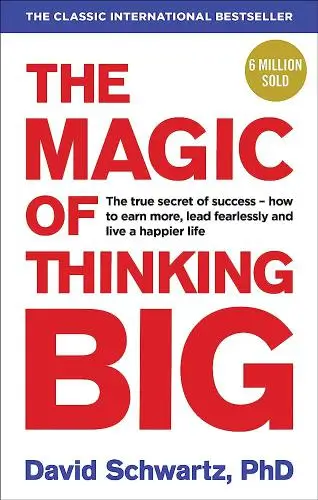
The Magic of Thinking Big
David J. Schwartz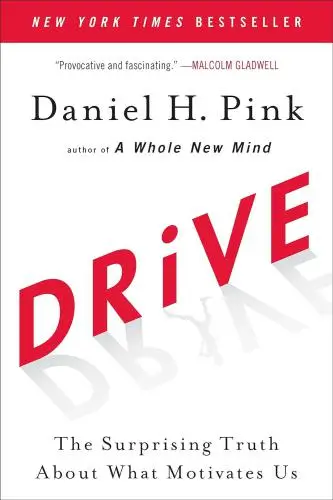
Drive
Daniel H. Pink
Essentialism
Greg McKeownNew Books

The Millionaire Fastlane
MJ DeMarco
Losing My Virginity
Richard Branson
Venture Deals
Brad Feld
48 Days to the Work You Love
Dan Miller
Anything You Want
Derek Sivers
Running Lean
Ash Maurya
Blitzscaling
Reid Hoffman
The Founder's Dilemmas
Noam Wasserman
Founders at Work
Jessica Livingston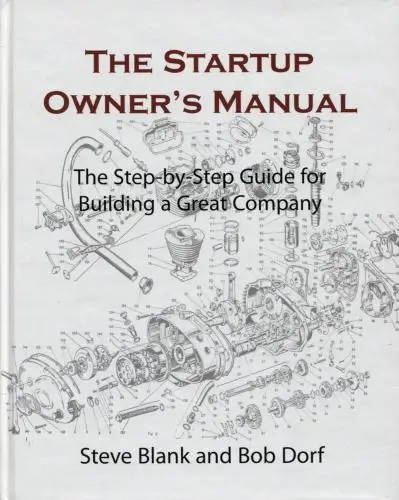
The Startup Owner's Manual
Steve Blank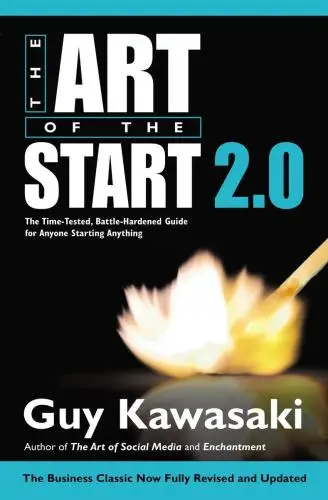
The Art of the Start 2.0
Guy Kawasaki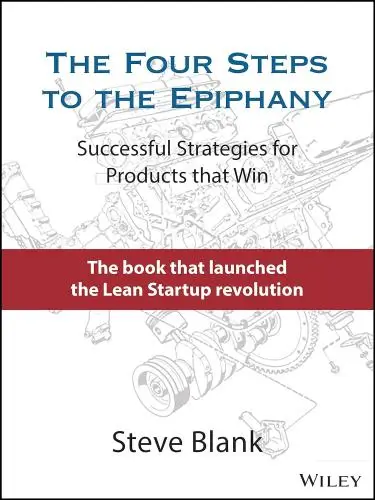
The Four Steps to the Epiphany
Steve Blank
Flash Boys
Michael Lewis
Crush It!
Gary Vaynerchuk

